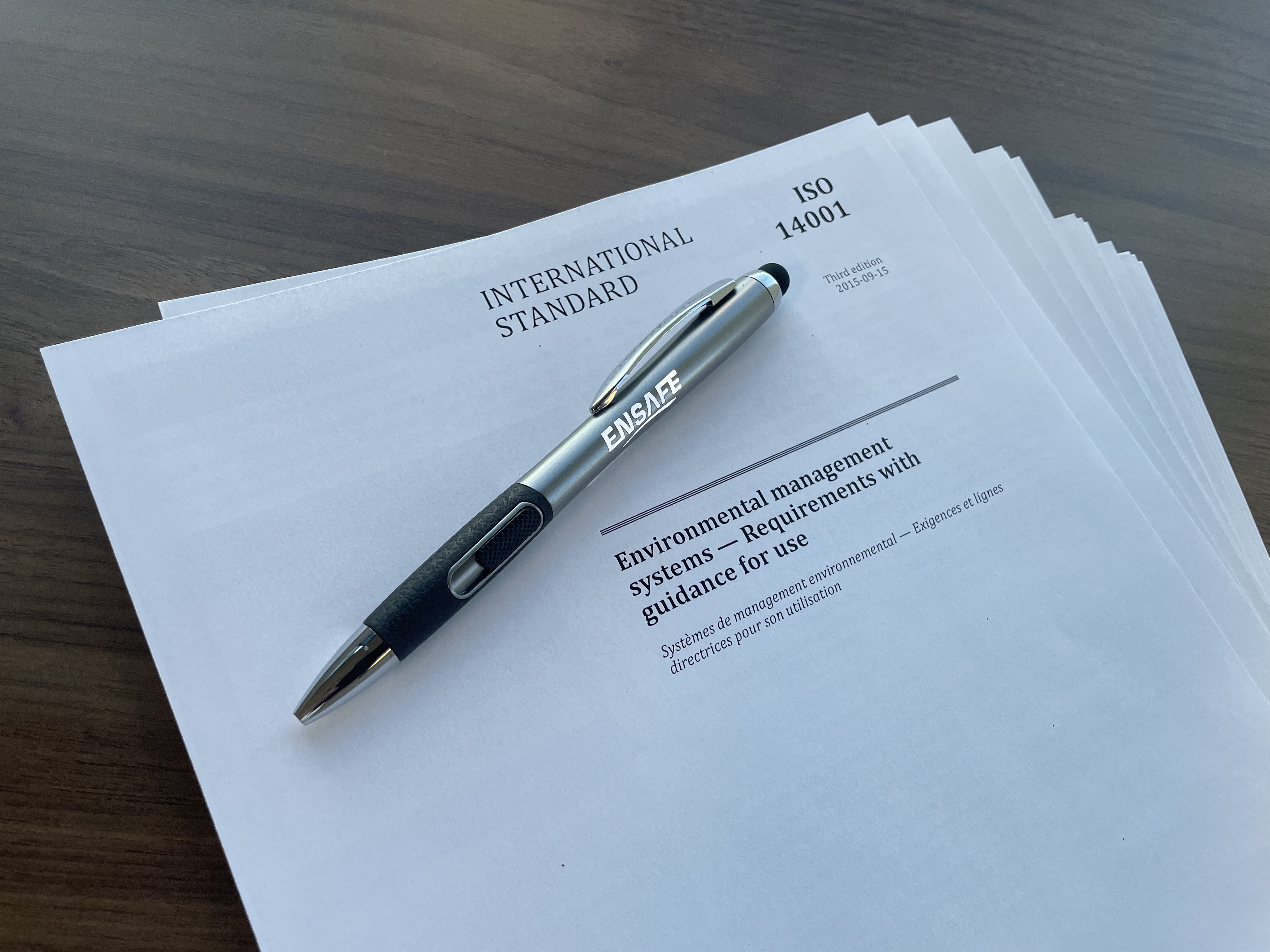What are ISO standards? International Organization for Standardization (ISO) is an independent, non-governmental international organization with a membership of 167 national standards bodies. This organization releases ISO standards, which are those that international experts have agreed upon as the best way of doing something. These standards cover myriad activities, as the ISO website explains, “It […]
Continue readingU.S. EPA approves ASTM E1527-21 for All Appropriate Inquiries
On Your Mark ASTM International published its revised industry standard for conducting Phase I Environmental Site Assessments Designation E1527-21 Standard Practice for Environmental Site Assessments: Phase I Environmental Site Assessment Process in November 2021. The revised standard included new definitions for key terminology, increased historical and regulatory research requirements, expanded requirements for identifying environmental liens and land-use […]
Continue readingProposed Changes to OSHA PSM: How it May Affect Your Site
In September 2022, OSHA formally announced proposed amendments to the Process Safety Management (PSM) standard in response to Executive Order 13650. This executive order, signed in 2013, required OSHA and EPA to perform “modernization” efforts to their respective PSM and Risk Management Program (RMP) standards. EnSafe attended OSHA’s PSM Stakeholder meeting in October 2022 to […]
Continue readingWritten Health and Safety Programs are Just Good Common Sense
To Write or Not to Write – That is the Question Whether your business is undergoing a self-imposed health and safety audit, a voluntary audit from an accredited organization, or a not-so-voluntary inspection through a regulatory agency, one of the first items likely to be requested by the auditor is a copy of your written […]
Continue readingRegulatory Changes Expected as Findings Suggest Increased Risk from EtO Emissions
Prompted by findings of increased cancer risks associated with ethylene oxide (EtO) emissions, the U.S. Environmental Protection Agency (EPA) is considering regulatory changes that will affect the use of EtO, a colorless, odorless, flammable gas typically used for sterilization of medication equipment but is also used to make other chemicals and products like antifreeze and […]
Continue reading



